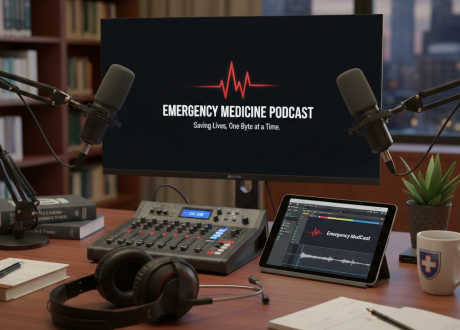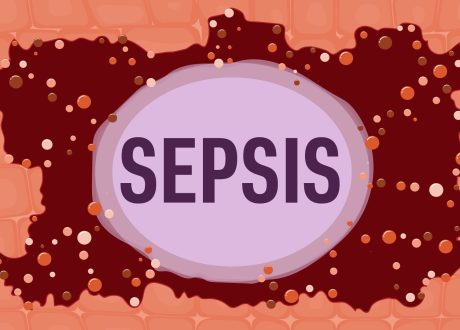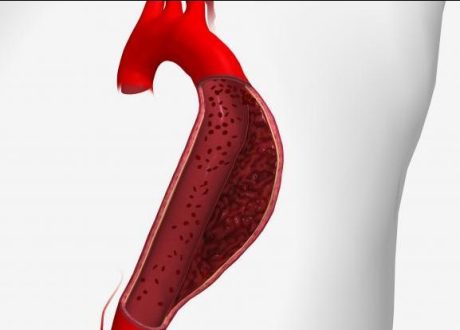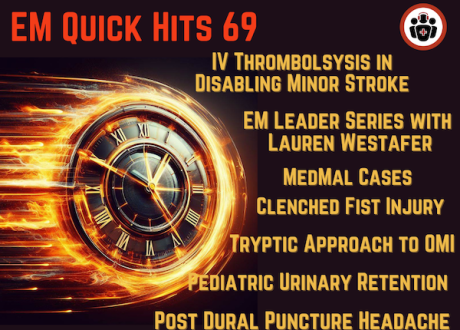Written by Laura Murphy
![]()
Patients with STEMI or STEMI equivalent who were treated within goal treatment times had significantly lower in-hospital mortality.
Why does this matter?
When it comes to STEMI, time is muscle, and rapid reperfusion improves patient outcomes. There continue to be widespread efforts to achieve rapid reperfusion in these patients. This study analyzes how often we are meeting these treatment time goals and the impact of meeting them on in-hospital mortality.
How are we doing on this time-is-muscle thing?
This was a cross-sectional study of a diagnosis-based registry (GWTG-CAD) between second quarter 2018 to third quarter 2021. This included 114,871 patients with STEMI or STEMI equivalent on ECG at 648 hospitals. Authors analyzed a variety of process measures, stratified by mode and place of presentation. Primary metric was time from first medical contact to reperfusion. Treatment goals as follows.

The study showed that a substantial portion of patients are not being treated within national time goals. Notably, 17% of patients requiring hospital transfer to a PCI-capable center met the time goal. Meeting target times was associated with significantly lower mortality for patients presenting to PCI-capable facilities, 3.3% vs 12.1%; aOR 0.40 (95%CI 0.36-0.44) and those requiring transfer, 4.3% vs. 14.2%; aOR 0.44 (95%CI 0.26-0.71). ┬аTrends were similar across other time metrics (see Table 3 in original article).
Notably, 20% of patients were deemed by reporting entities to have unavoidable delays to reperfusion (including cardiac arrest, need for intubation, and difficult vascular access); these delays may not reflect deficiencies in care, but rather the complexity of patients being treated. Since patients experiencing complications were more likely to experience delayed care, comparisons according to treatment time are confounded.
Other limitations include the self-reported nature of registry data and a low proportion of rural and STEMI-referring hospitals, which could limit generalizability.
This study does provide valuable information to identify areas for improvement in meaningful process measures. Based on these data, hospital systems should explore their own barriers to expeditious care for STEMI patients and work to improve them.
Source
Treatment time and In-Hospital Mortality Among Patients with ST-Segment Elevation Myocardial Infarction, 2018-2021. JAMA. 2022 Nov 22; 328(20): 2033-2040.








